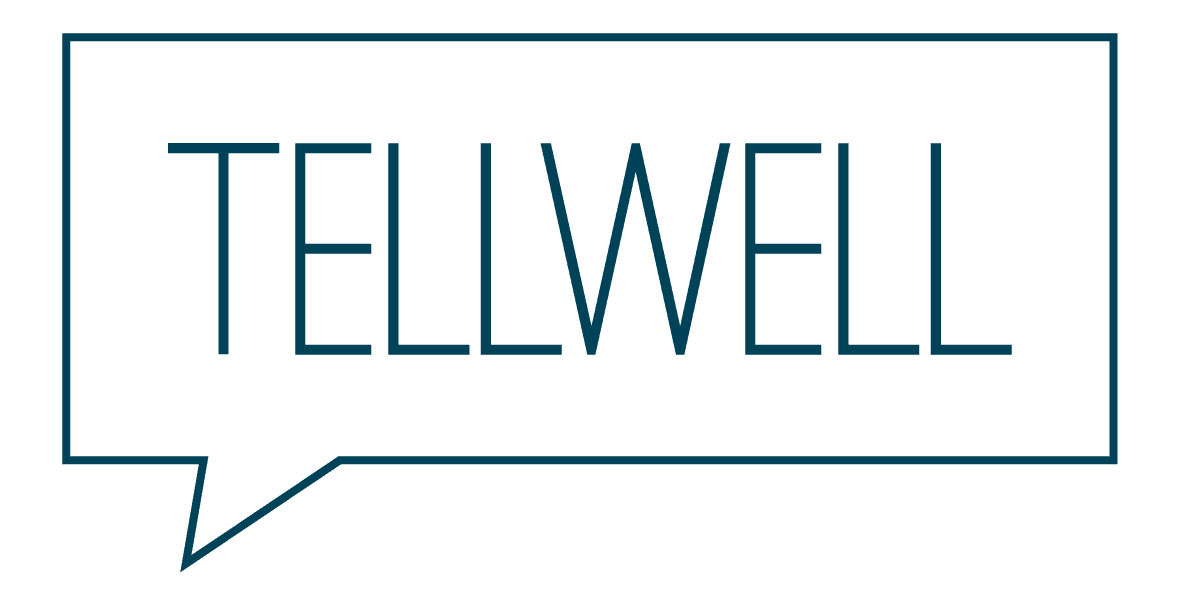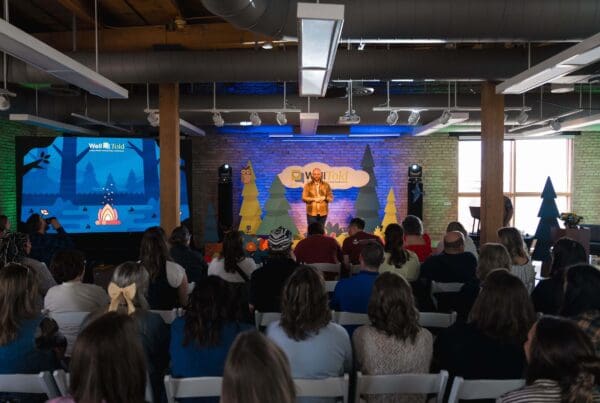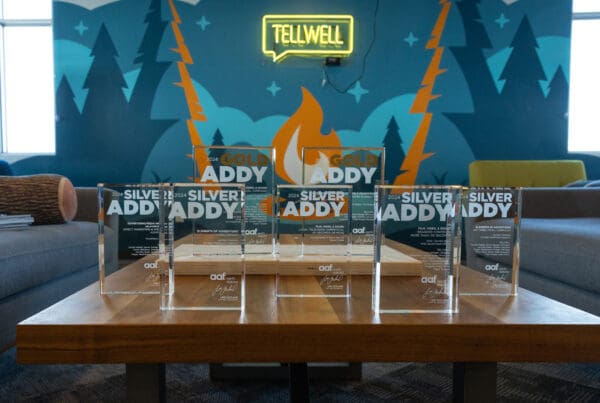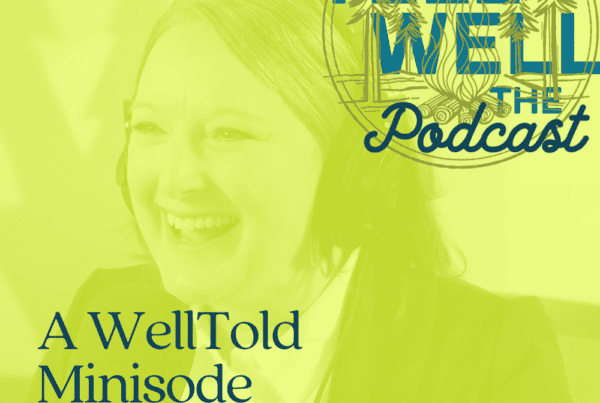Nonprofit storytelling and donor engagement face a common enemy: overcomplicated systems that promise everything but deliver frustration. But what if the secret to transforming your fundraising strategy isn’t adding more features—it’s embracing radical simplicity?
That’s exactly what DonorDock discovered when they set out to solve a problem every development director knows too well: Why do powerful CRM systems consistently fail at small to medium nonprofits? Their answer sparked a revolution in how organizations think about technology, methodology, and sustainable donor engagement.
Meet the Minds Behind DonorDock’s Success
Matt, CEO of DonorDock, spent years watching expensive enterprise CRMs fail at nonprofit after nonprofit. “I’d spent a lot of years in the CRM space working with Microsoft CRM, Salesforce. And we were trying to use that tool over and over again in small to medium sized nonprofits. And we just kept seeing it fail.”
The breaking point came when Matt realized that complexity wasn’t just inconvenient—it was actively harming the organizations trying to use these systems. So in 2017, he partnered with co-founder Andrew to build something different. Rob, their CMO, joined two years ago with a vision for community-driven growth and actionable education.
Their first customer? CCRI in Morehead, Minnesota—still with them seven years later. Sometimes the best validation comes from loyalty that spans the startup journey.
Strategy 1: Innovation Through Simplicity—Your Secret Competitive Advantage
Here’s what struck me about DonorDock’s approach: they deliberately choose not to build every feature they could imagine. As Matt explained, “Innovation through simplicity. You don’t have to always make every feature that you might think of, but where you can really innovate is taking things that are inherently difficult and complex and trying to make them easier for the end user.”
This philosophy directly challenges how most nonprofits think about technology adoption. We often assume that more features equal more value. But for communications strategy and donor engagement, the opposite is true.
Implementation Framework:
- Audit your current tools: What features do you actually use versus what you pay for?
- Map user adoption: Which team members avoid certain systems because they’re too complex?
- Define “good enough”: What’s the minimum viable feature set that would solve 80% of your problems?
- Test simplicity: Can a new team member complete basic tasks without extensive training?
Rob reinforced this approach: “Our goal isn’t to add feature after feature and turn it into an enterprise level piece that small and medium nonprofits can’t afford. Our goal is to continue to innovate through simplifying what nonprofits need to accomplish.”
Strategy 2: Donor Journey Automation That Preserves Human Connection
The most exciting development at DonorDock is their new Agile Stewardship model—and it directly addresses a challenge every development director faces: How do you create consistent donor engagement without losing the personal touch?
Matt shared their breakthrough: “We’re putting a big emphasis right now on trying to meld methodology with the product… when a person gives their first donation, what is the journey that happens after that and how can the software kind of run that journey for you?”
Their system includes six primary donor journeys that organizations can activate immediately, then customize based on their specific mission impact goals. This approach solves the classic nonprofit problem: having great intentions but inconsistent follow-through.
The Six Essential Donor Journeys:
- First-time donor welcome sequence
- Lapsed donor re-engagement pathway
- Major gift cultivation timeline
- Recurring donor appreciation cycle
- Volunteer-to-donor conversion process
- Board member engagement framework
Implementation Questions:
- What happens in the 24 hours after someone makes their first gift?
- How do you consistently follow up with donors who haven’t given in 12+ months?
- What’s your systematic approach to moving donors from small gifts to larger investments?
Actually, here’s what I find fascinating about their methodology—it acknowledges that good strategic communications require both systematic thinking and personal touch. The automation handles timing and consistency, but humans handle the relationship building.
Strategy 3: Making Education Actionable Instead of Just Inspirational
Speaking of methodology, DonorDock’s partnership with Tellwell on the Well Told conference reveals another crucial insight for nonprofit storytelling success. Rob explained their vision: “We want you to leave equipped and inspired… they’re going to leave with a binder or a PDF… and start activating on it right away.”
This approach challenges the typical conference model that sends people home feeling motivated but unclear on next steps. For board alignment and team implementation, inspiration without action plans actually creates more frustration than progress.
Conference Design Principles That Work:
- Workshop format over lecture format: Participants create deliverables during sessions
- Take-homeresources: Every attendee leaves with specific frameworks and templates
- Implementation timelines: Clear next steps scheduled within 30 days
- Peer accountability: Connect with other attendees for ongoing support
You know what’s interesting? This same principle applies to internal strategic communications. How often do board meetings or staff meetings generate great discussions but no clear action items? The same “equip and inspire” framework that works for conferences works for organizational alignment.
Strategy 4: Building Local Community While Scaling Impact
One element that really resonated with me was Matt’s emphasis on local relationships as the foundation for national growth. DonorDock started by serving Fargo-area nonprofits and built their entire customer base through these local connections.
Matt reflected on this approach: “Being able to really lean into our local nonprofits, and these are the people who helped us get started… And most of them are still with us here seven years later. And to be able to put an event on that I think will be very valuable for them… that really resonated with me a lot.”
This local-first strategy offers powerful lessons for nonprofit storytelling:
Local Community Advantages:
- Trust builds faster: Face-to-face relationships create deeper partnerships
- Feedback loops are immediate: You can iterate quickly based on direct user input
- Success stories are tangible: Local impact creates compelling case studies for national expansion
- Referrals happen naturally: Satisfied local customers become your best salespeople
For communications directors and development directors, this suggests focusing intensively on your immediate community before expanding your reach. Deep local relationships often translate to more sustainable donor engagement than broad, shallow national campaigns.
Strategy 5: Methodology Integration—When Process Meets Technology
Here’s where DonorDock’s approach gets really sophisticated. Rather than just building software, they’re integrating fundraising strategy methodology directly into their platform. Matt explained: “You can give them a piece of software, but if there’s not prescriptive methodology on how to use it, it becomes something that sits on the shelf.”
This integration principle applies far beyond CRM systems. How often do nonprofits invest in strategic communications training, new donor engagement approaches, or board alignment processes that never get fully implemented?
Implementation Integration Framework:
- Define clear processes before choosing tools: What specific workflows need to happen?
- Build training into adoption timelines: How will team members learn the new approach?
- Create accountability systems: Who ensures consistent implementation?
- Measure behavior change, not just outcomes: Are people actually using the new processes?
The beauty of DonorDock’s approach is that methodology integration makes technology adoption inevitable rather than optional. When the software guides users through proven processes, adoption becomes natural instead of forced.
The Tellwell Connection: Strategic Storytelling That Drives Results
These insights align perfectly with Tellwell’s Seasons of Story framework, which helps nonprofits create strategic communications that drive measurable mission impact. Like DonorDock’s “innovation through simplicity” philosophy, effective nonprofit storytelling prioritizes clarity over complexity.
The Seasons framework provides the methodology that makes storytelling systematic rather than sporadic—similar to how DonorDock’s donor journeys make relationship building consistent rather than chaotic. When communications directors have clear processes for story development, board alignment around messaging becomes much more achievable.
Both approaches recognize that sustainable donor engagement requires systematic thinking combined with authentic relationship building. Technology and methodology should amplify human connection, not replace it.
Ready to Transform Your Donor Relationships?
The conversation with DonorDock’s leadership reveals a crucial truth: the most effective fundraising strategy combines technological efficiency with methodological clarity. Whether you’re evaluating CRM systems, planning donor engagement campaigns, or developing strategic communications, simplicity and consistency will outperform complexity and sporadic effort every time.
If you’re ready to transform your organization’s storytelling approach, explore how Tellwell’s Seasons of Story framework can provide the methodology your mission impact deserves. Book a planning call to discuss how strategic storytelling could work for your specific goals, or join us at the Well Told conference where practical frameworks meet inspiring community.
Because here’s what Matt and Rob understand: when good methodology meets smart technology, nonprofit storytelling becomes a systematic driver of sustainable growth instead of an occasional burst of inspiration.
Want to see how strategic storytelling could work for your mission? Schedule a conversation with our team at wetellwell.com/get-started or explore the Seasons of Story framework at wetellwell.com/seasons.



